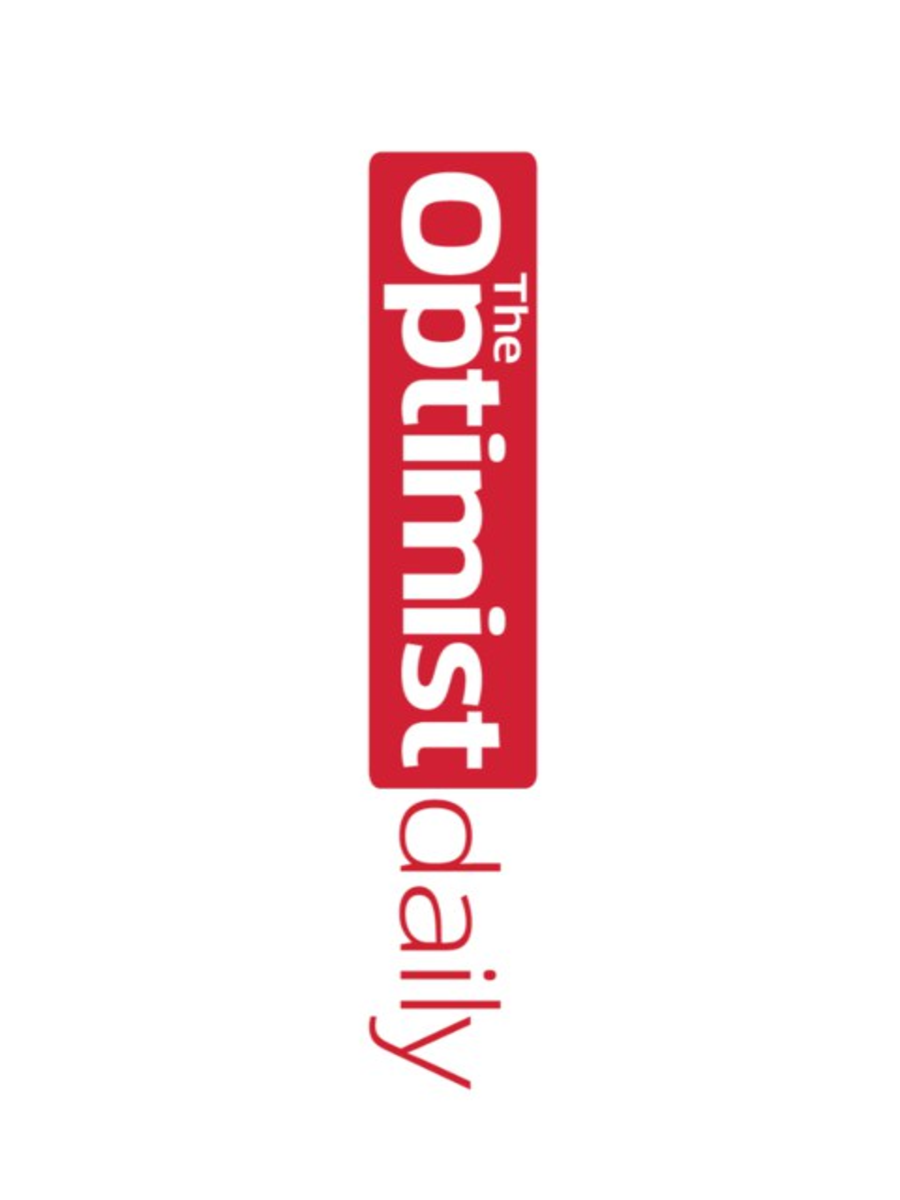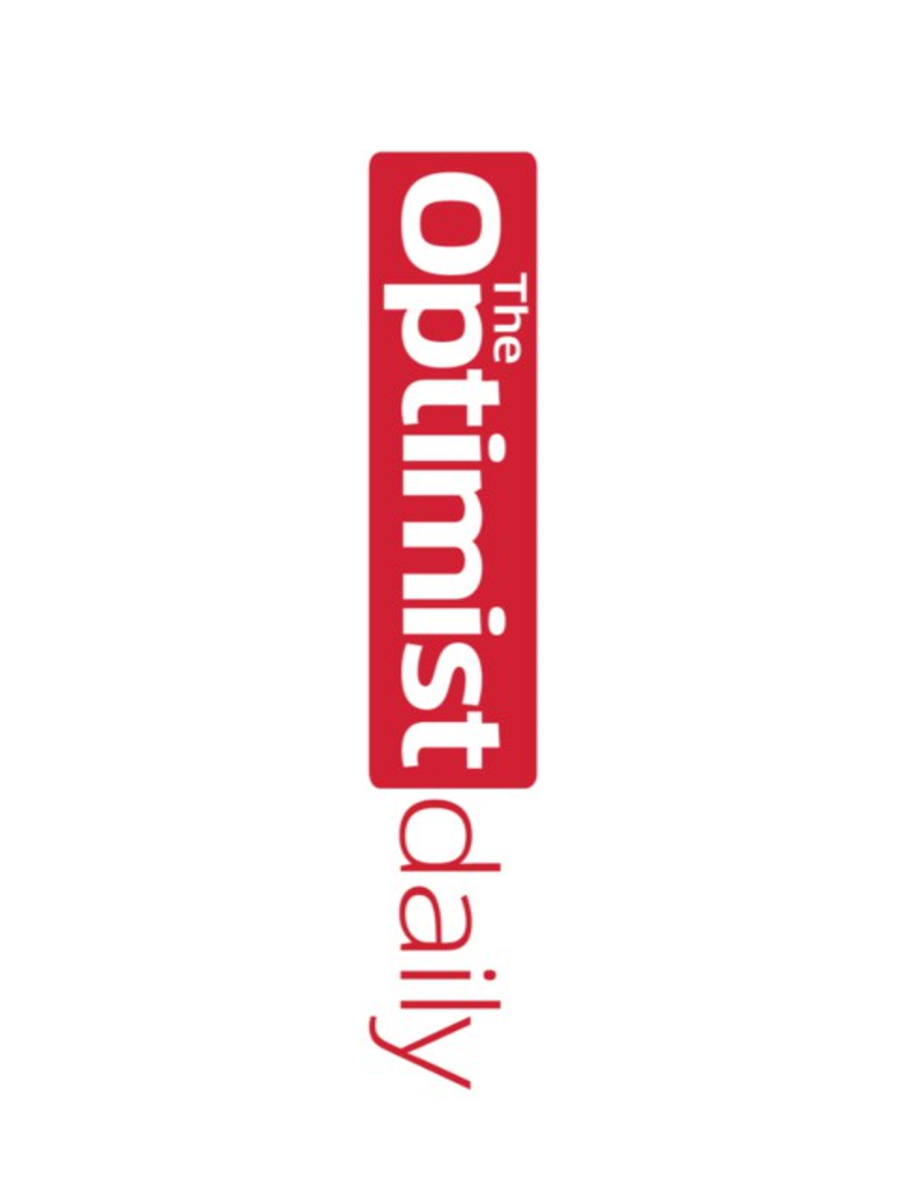In the last 20 years, a string of medical developments has greatly improved the quality of life and lowered the mortality rate of those living with HIV. While the outlook for those living with the Human Immunodeficiency Virus has gotten better, the prospect of a cure has largely seemed far off, if not impossible.
In November of 2021, however, a study was published in Annals of Internal Medicine detailing the specific and rare conditions in which two individuals were treated and ridded of any trace of HIV. This was a victory against the disease, but these were very rare cases. The odds of someone with HIV being cured of the disease ranks next to winning the lottery or getting struck by lightning. That is, without stem cell transplantation.
What is the new HIV treatment?
Earlier this week, a woman referred to as the “New York Patient” was cautiously announced to be in HIV remission by the Weill Cornell Team. This group of researchers developed what’s called a haplo-cord transplant. This particular treatment is for patients who suffer from both cancer and HIV, an overlap which makes them the most eligible for cutting-edge treatments.
The treatment is a combination of donor stem cells. One donor set from HIV-resistant umbilical cord blood provides the blueprint of HIV resistance, and then a graft of adult stem cells is introduced which rapidly replicate the HIV resistant cells.
Finding the proper donors was particularly difficult for the Weill Cornell Team who were looking for donors with genetic abnormalities that made them not only HIV resistant but cancer resistant.
Is there now an HIV cure?
The team remains cautiously optimistic because there have been possible cures before. These were considered somewhat anomalous due to their being unable to reproduce the same result. This was due to a stem cell donation from a donor with a rare genetic condition that creates HIV resistance but wasn’t feasible as a widespread cure. In other cases, after a joyous “cured” announcement, there was a sudden resurgence of the disease months later.
Now with an understanding of the sought-after genetics and blood, researchers estimate that there might be as many as 50 individuals in the US with HIV who could benefit each year from the treatment that has helped the “New York Patient.”
Time and more research will tell, but for now the medical community, “The New York Patient,” and the 1.2 million Americans living with HIV have reason to be optimistic.












